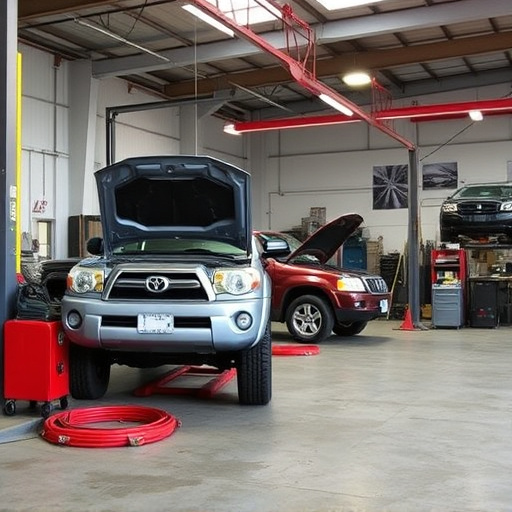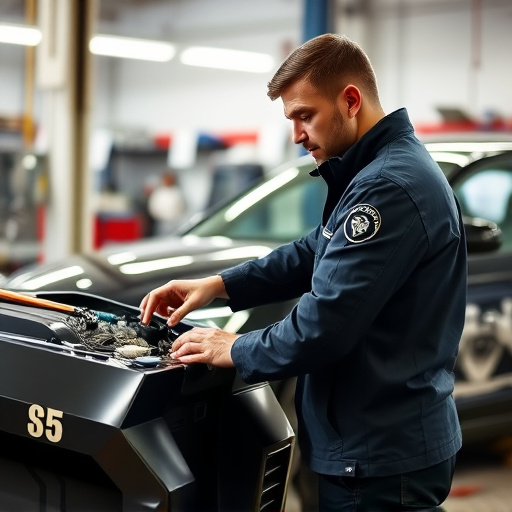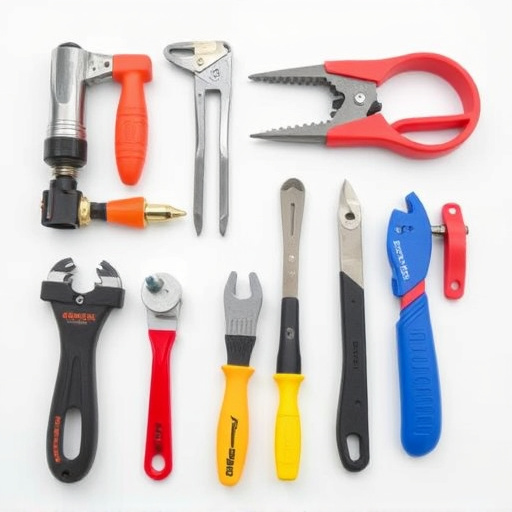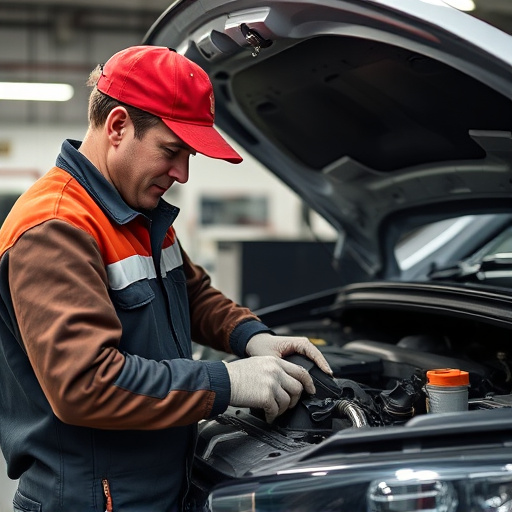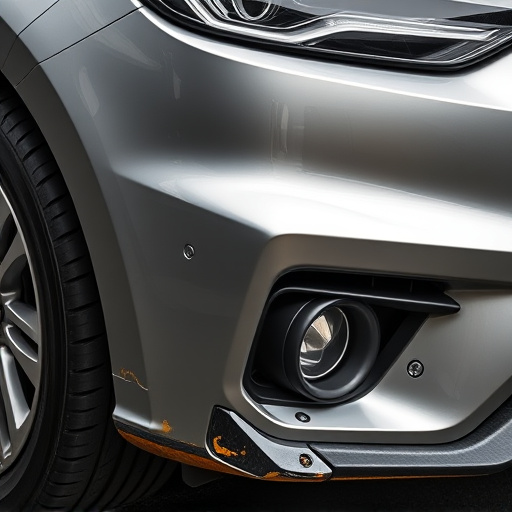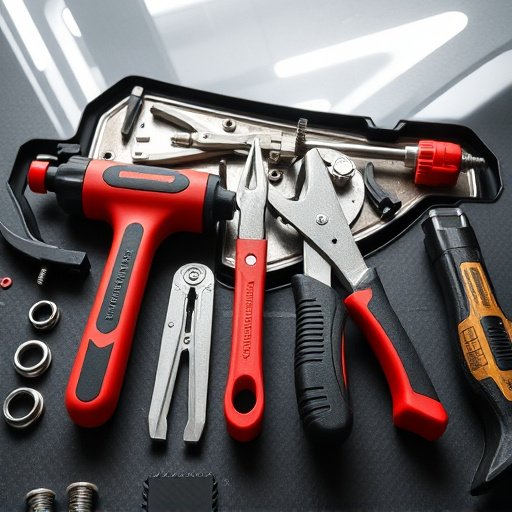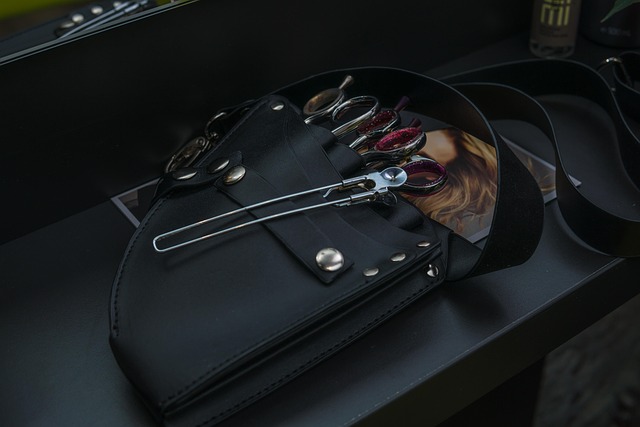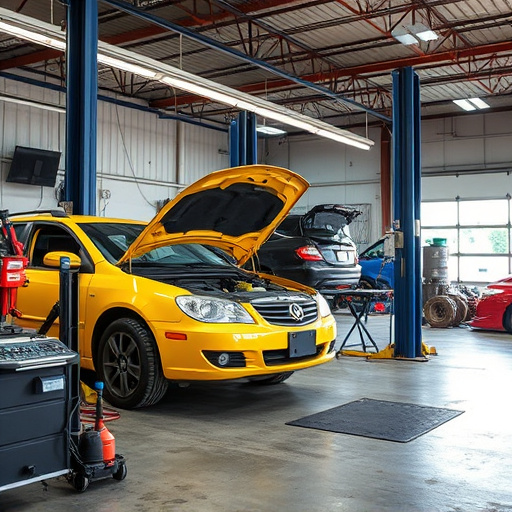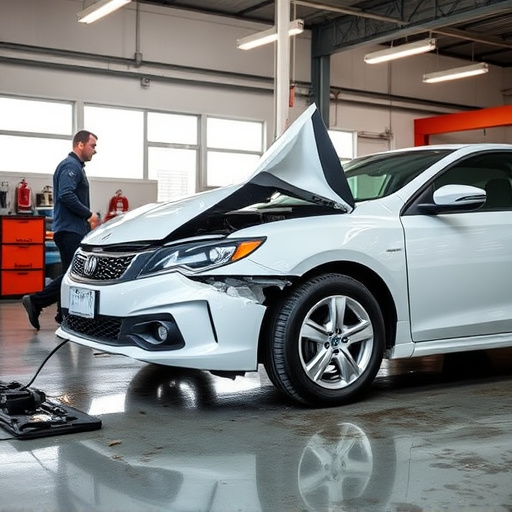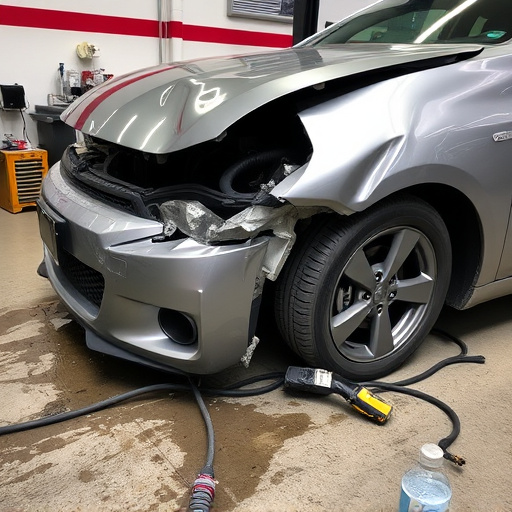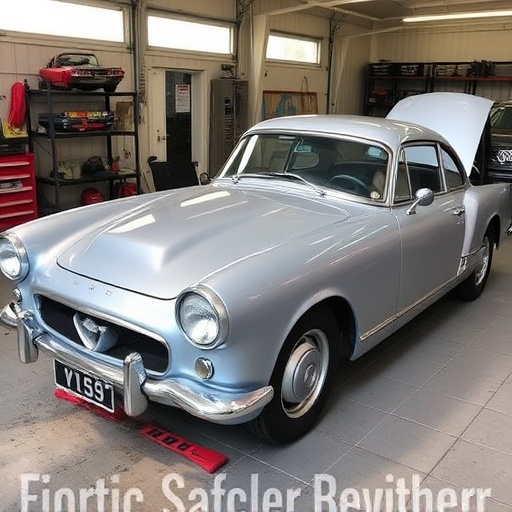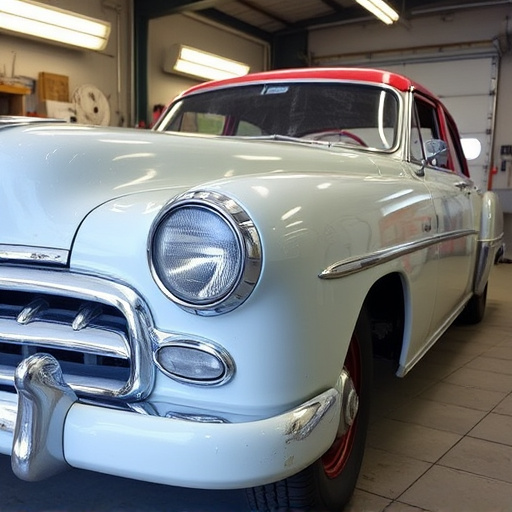Aluminum panel dent repair in autos poses unique challenges due to aluminum's soft, ductile nature and rigid properties, complicating restoration of complex geometry changes. Effective repair requires specialized techniques, tools, and expertise tailored to aluminum's characteristics, focusing on surface preparation, precise metal manipulation, suitable adhesives, careful sanding, and priming for seamless, durable results.
Aluminum panel dent repair is a specialized skill crucial for maintaining vehicle aesthetics. With aluminum’s lightweight and corrosion-resistant properties, understanding its unique behavior is essential for successful repairs. This article delves into the challenges posed by aluminum panels, exploring common issues like thin gauge metal and surface finish differences that can complicate traditional dent repair techniques. We also offer effective strategies to navigate these hurdles, ensuring robust and long-lasting repairs.
- Evaluating the Unique Properties of Aluminum
- Common Challenges in Dent Repair Techniques
- Effective Strategies for Successful Repairs
Evaluating the Unique Properties of Aluminum
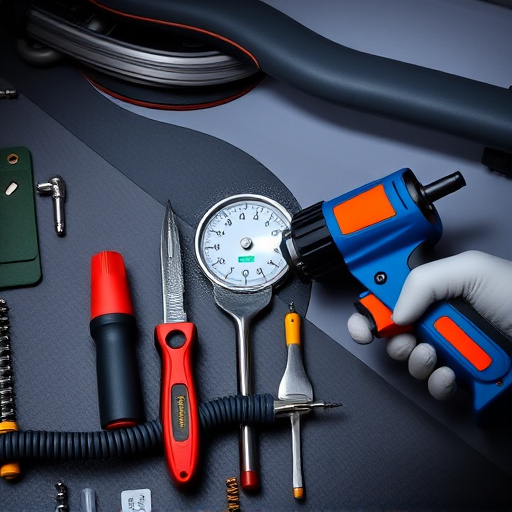
Aluminum is a versatile metal widely used in various industries, including automotive. When it comes to vehicle construction, aluminum offers several advantages, making it a popular choice for many modern car manufacturers. Its lightweight nature is a significant benefit, as it improves fuel efficiency and overall vehicle performance. However, this unique property also presents challenges when it comes to auto repair services, particularly in the case of aluminum panel dent repair.
In car collision repair or vehicle collision repair, aluminum’s soft and ductile behavior can make it more challenging to restore dents and dings to their original state. Unlike steel, which has a higher degree of hardness, aluminum tends to deform easily under impact, leading to complex geometry repairs. The success of aluminum panel dent repair lies in understanding the metal’s properties and employing specialized techniques that cater to its unique characteristics.
Common Challenges in Dent Repair Techniques
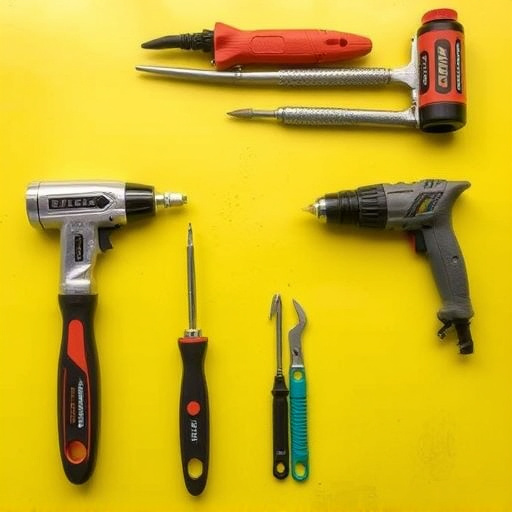
The process of aluminum panel dent repair presents several unique challenges that differ from traditional car bodywork. One of the primary difficulties lies in the inherent properties of aluminum itself. Unlike steel, which has a more flexible and forgiving nature, aluminum is inherently more rigid and prone to cracking or splitting when subjected to impact. This makes it particularly challenging to restore dents without leaving visible evidence of the repair, as aluminum’s reflective finish can highlight even minor imperfections.
Additionally, the diverse range of vehicle designs and body panel shapes adds another layer of complexity. Each car manufacturer has its own unique design language, with varying curves, contours, and edge treatments that require tailored approaches during the dent repair process. In automotive restoration, achieving a seamless blend with the surrounding panels is crucial for maintaining the vehicle’s aesthetic integrity. Auto maintenance enthusiasts often find that aluminum panel dent repair demands precision, specialized tools, and a deep understanding of car bodywork techniques to ensure successful and discreet repairs.
Effective Strategies for Successful Repairs
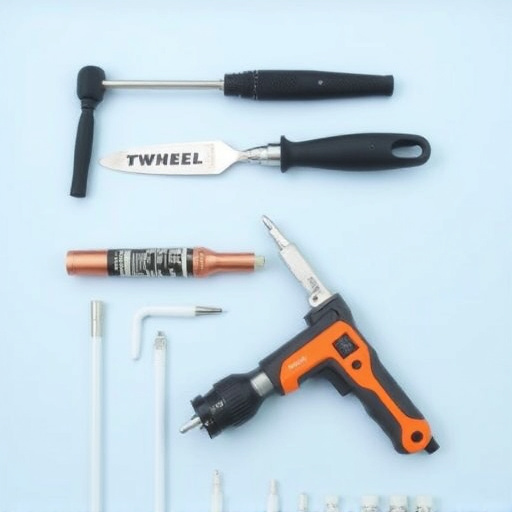
When it comes to repairing dents in aluminum panels, a systematic approach is key to achieving excellent results. The first step involves preparing the surface meticulously; this includes cleaning and degreasing to remove any contaminants that could interfere with adhesion. A crucial aspect of successful aluminum panel dent repair is using the right tools and techniques. Professionals often employ specialized equipment like air guns and hydraulic presses to accurately manipulate the metal back to its original shape.
Additionally, applying the appropriate adhesives and fillers designed for aluminum is essential. These products ensure a strong bond between the repaired area and the rest of the panel. Finally, careful finishing touches, such as sanding and priming, are vital to achieving a seamless and durable repair that matches the vehicle’s original aesthetics. This comprehensive approach to automotive body work guarantees that dents in aluminum panels are not just filled but completely restored, enhancing the overall value and appearance of the vehicle through expert auto body services.
Aluminum panel dent repair presents unique challenges due to the material’s soft, yet lightweight nature. By understanding the specific properties of aluminum and adopting effective strategies, professionals can successfully restore damaged panels. Overcoming common challenges in repair techniques is key to achieving high-quality, durable results for aluminum panel dent repair.
